Inpatient Rehab After A Stroke: 3 Reasons You May Need It
A stroke, even a minor stroke, is a medical emergency requiring immediate attention. A doctor will probably refer stroke victims for inpatient rehab, and the sooner it starts the better. Depending on a person’s condition, rehab may include three-hour intensive therapy sessions for 5-6 weeks.
Choosing the right rehabilitation facility is key to your safe and speedy recovery. Fairview Rehab and Nursing Home offers inpatient and outpatient rehab in Queens, NY, for patients who have had a stroke, surgery or other health problem. Our experienced and highly skilled therapists will ensure you get the rehab you need as soon as your doctor gives the go-ahead. We specialize in medical care, expert therapies, and pain relief to ensure that your recovery is smooth and stress-free.
What is inpatient rehab after a stroke?
This rehab is a form of residential treatment designed to get you back on your feet. The goal of rehab is to ensure that the patient can function in the best possible way after a stroke. Boosting their mood, quality of life, happiness, and independence are key aims of rehab therapy. Check out these reasons why rehab is so important after a stroke.
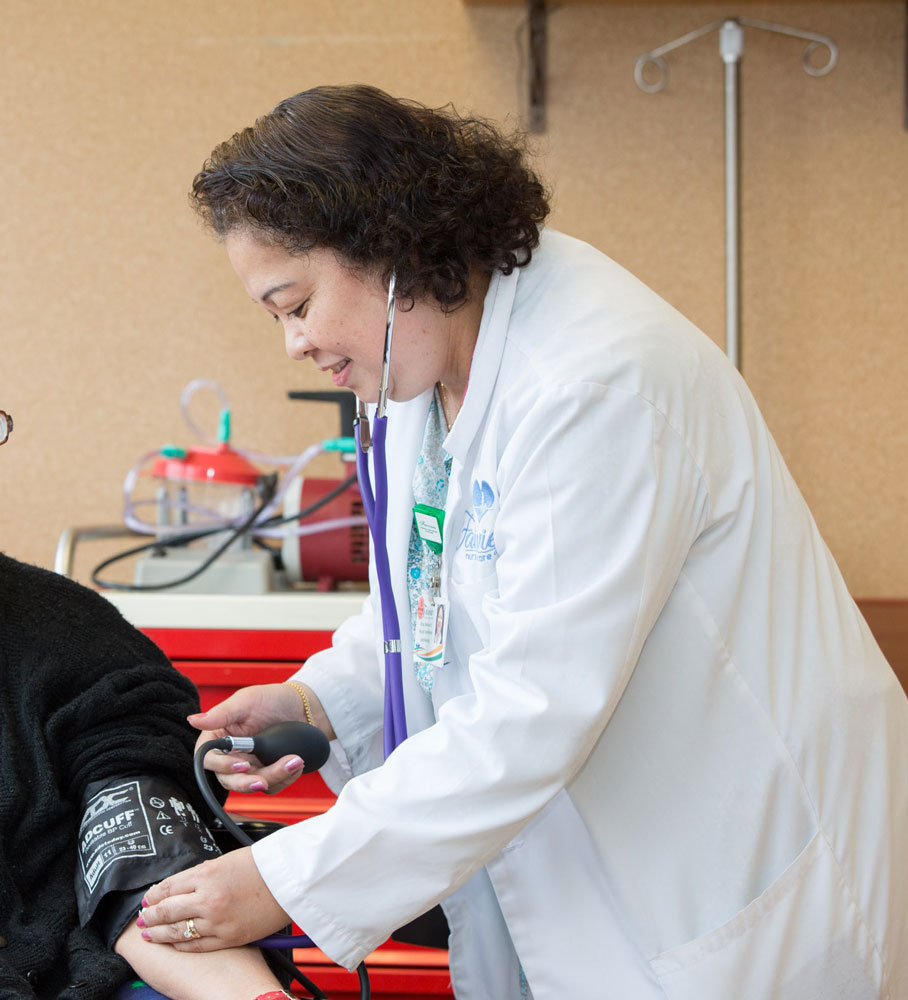
1. Stroke is a serious condition
If a loved one has had a stroke and needs top-quality care, get them to a doctor right away. Strokes affect the brain and lead to difficulties with mobility, motor skills, speech, and swallowing. A stroke is a serious condition requiring top quality care and rehab without delay.
Rehab after a stroke will vary depending on the type and severity of the stroke. Fortunately, there are therapies which can tackle all these issues.
For instance, occupational therapists can teach you how to relearn activities of daily living. They can show you tips and tricks to help you with dressing, washing, or going to the bathroom. Inpatient rehab for stroke victims will likely also involve speech therapy to help people communicate better.
Breathing exercises can also be a valuable additional tool in the therapists’ toolbox, as they help patients relax.
2. Inpatient rehab helps prevent complications
By building up their strength, skills and self-esteem through rehab therapy, stroke victims can recover more quickly. This also makes them less prone to developing complications. For example, if therapy can help a stroke victim swallow better, that can help with eating and overall health.
3. A well-organized rehab program delivers the best recovery results
In a rehab facility, all team members take part in your recovery process. Doctors, nurses, and rehab therapists inform each other of your health condition and how you are reacting to treatment. This helps to avoid further complications after a stroke. A well-organized inpatient rehab program can make all the difference to wellness outcomes.
After a stroke, patients may feel disorientated and frightened, so will need a lot of emotional support. They may be immobile on one side of their body – and that’s where physical therapy can help. Physical therapy has been shown to have strongly positive mental health impacts, too.
This article contains informational and educational materials and does not replace health or medical advice. For questions or concerns regarding your medical condition or health objectives, speak to a qualified physician or healthcare provider.
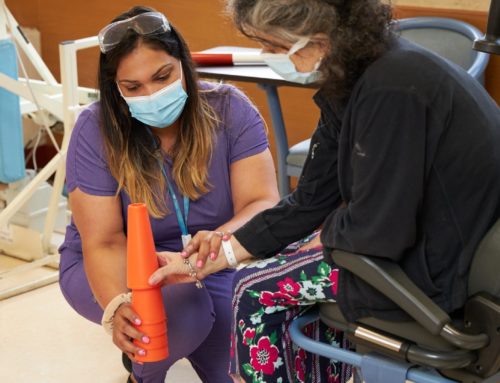


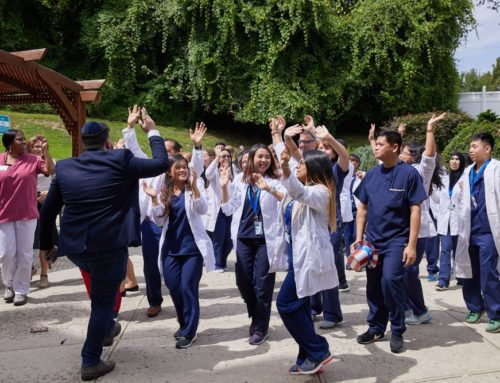
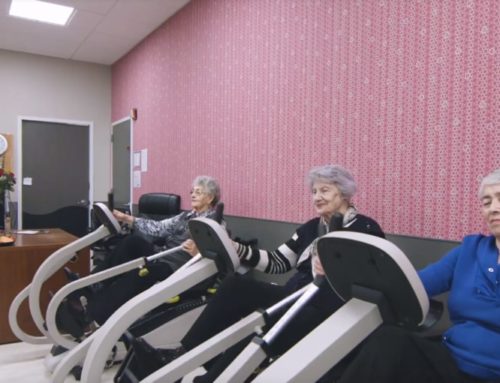
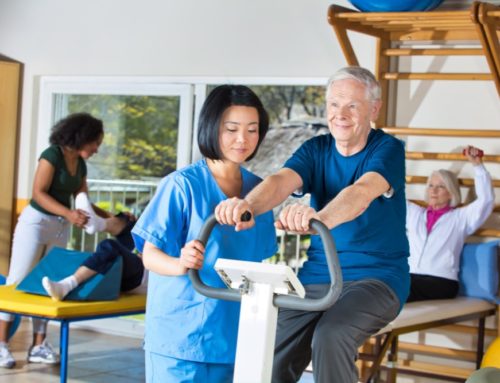
Leave A Comment